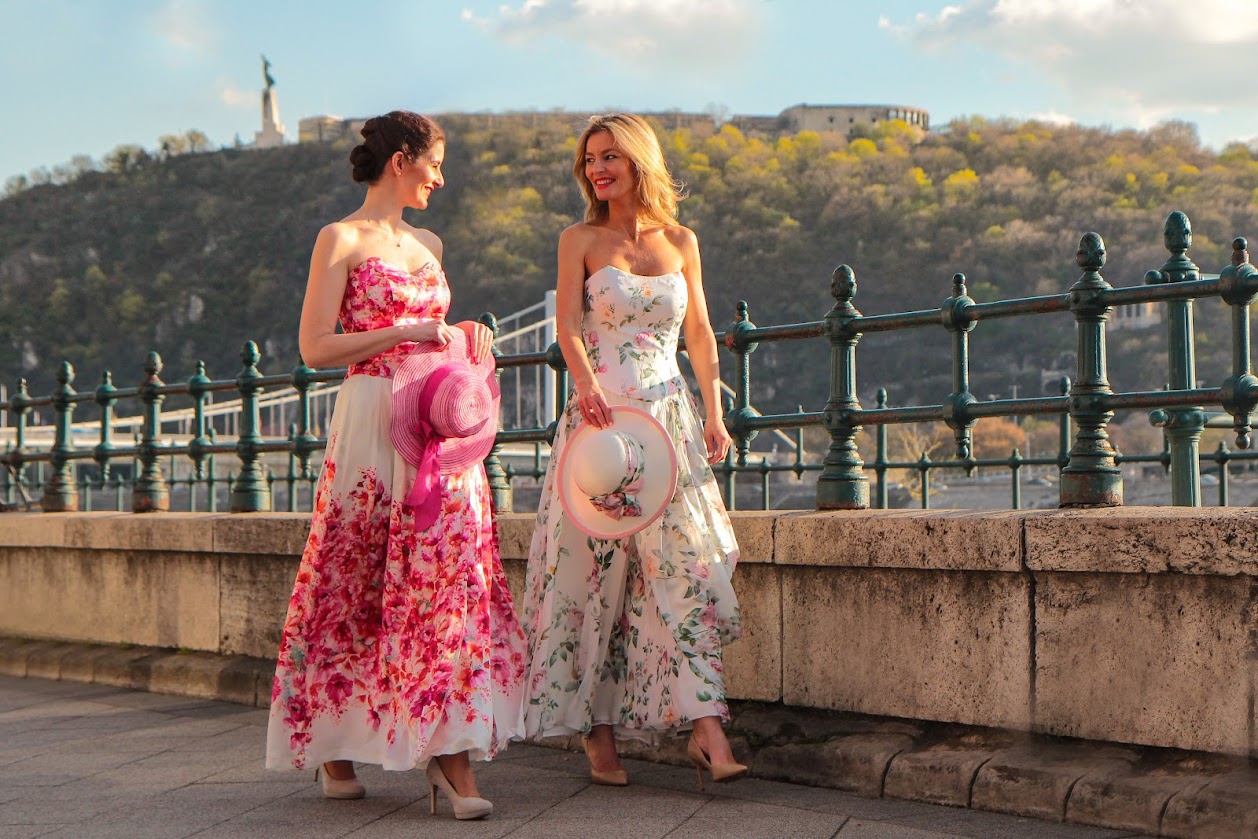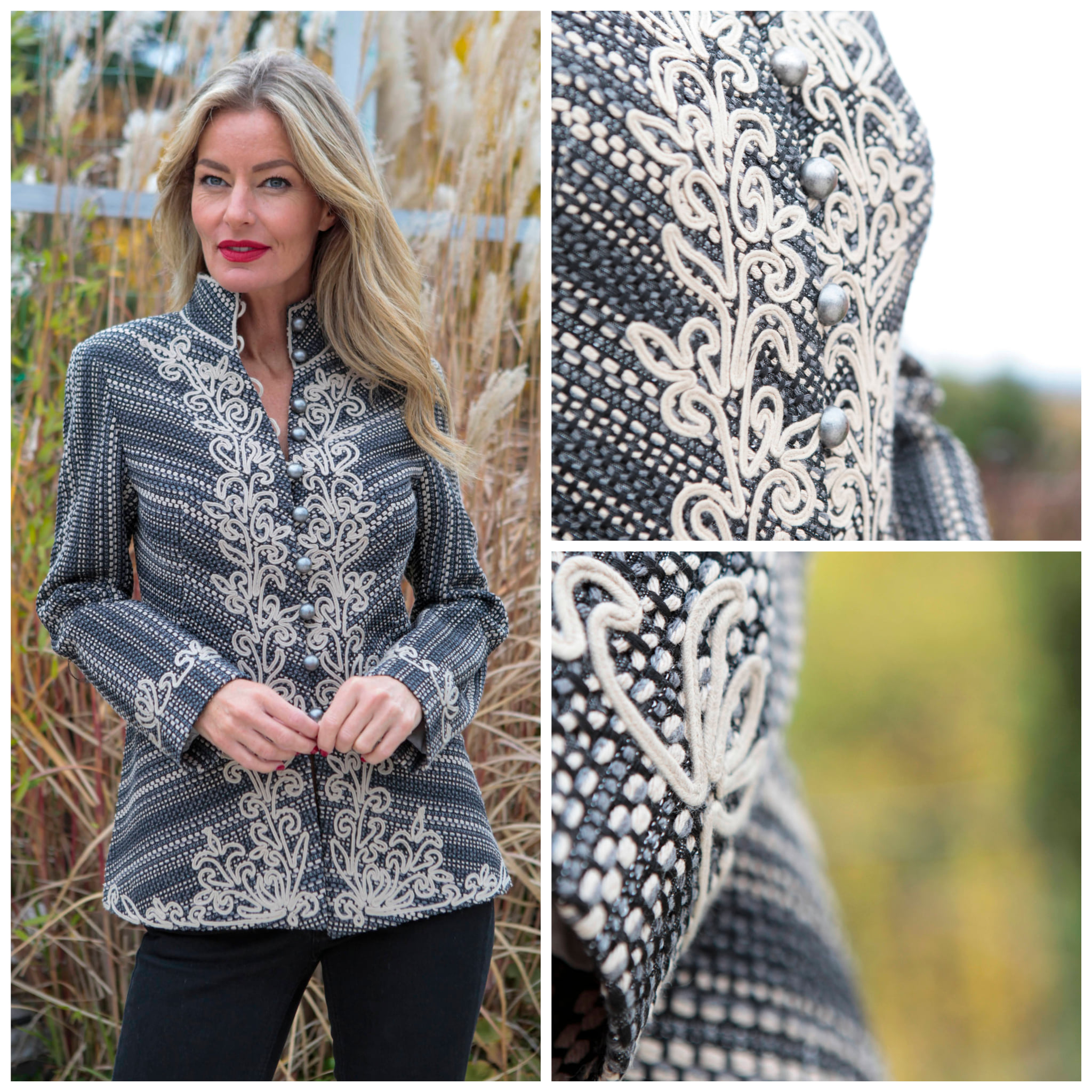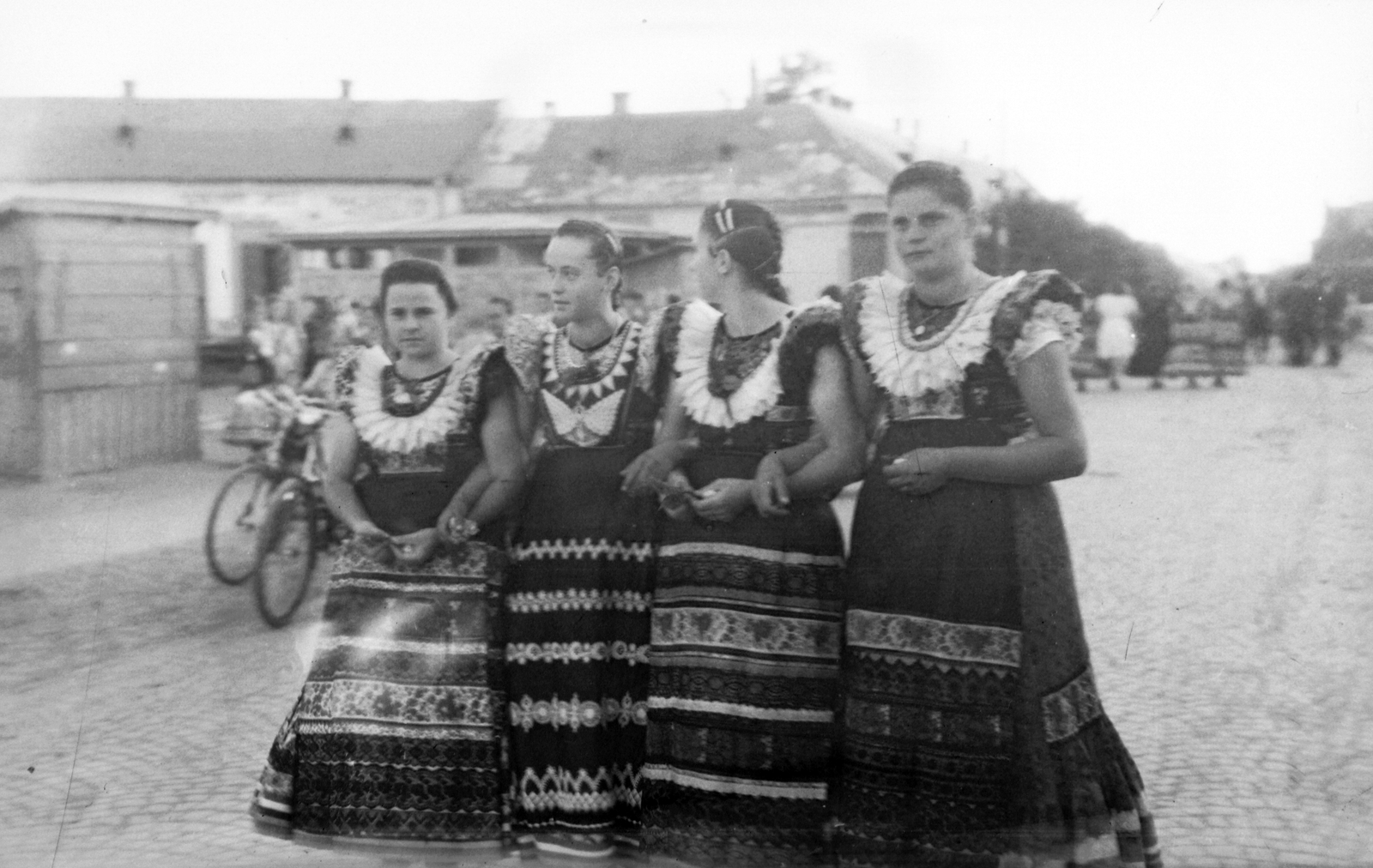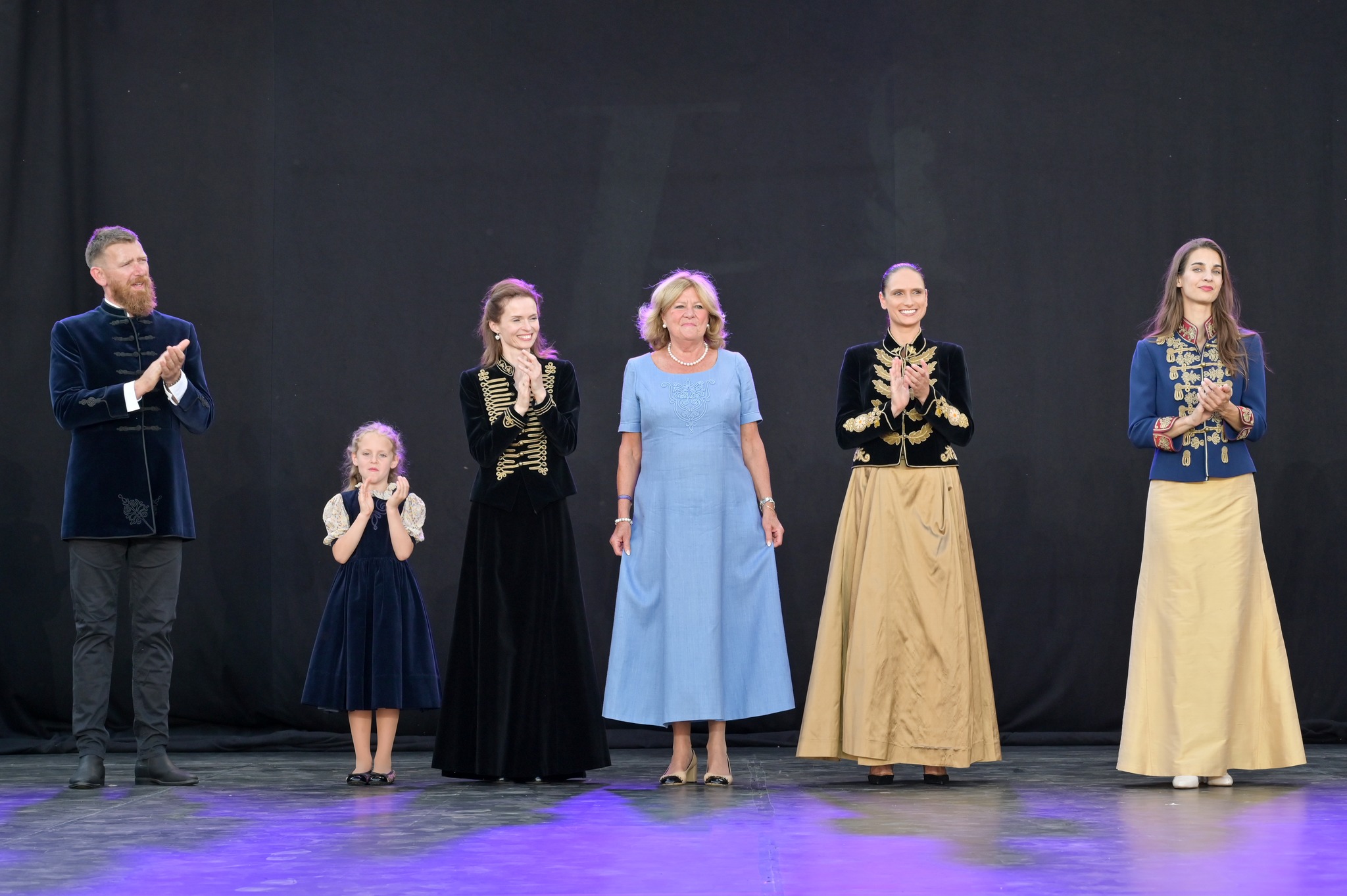The Hungarian string orchestra tradition was added to the list after the Mohács Busó Carnival (Busójárás), Matyó embroidery, falconry (Solymászat), and blue painting.Continue reading

The Hungarian Heritage and Pro Civibus award-winning fashion designer spoke in an interview with Magyar Nemzet about the rich costume culture of Hungarians, its historical background and the importance of traditions and roots in the life of a nation.
Katalin Hampel’s father worked as a research engineer, and in the 1950s and the family lived on a meager salary. Her mother, a skilled seamstress ran a small salon in the house: “She sewed clothes to order for friends and acquaintances, and that is how I grew up with threads, patterns and buttons,” Katalin Hampel recalls of her childhood.
With a friend who had a store for folk art, she opened her first store on Paris Street in Budapest. During trips to different markets, the friends collected old textiles and clothes to later rework them – this is how the story of Katalin Hampel’s salon began.

Katalin Hampel’s salon in Budapest. Photo via Facebook/Katalin Hampel
For almost thirty years, the same team has been working together in the same fashion design salon in the pedestrian zone of downtown Budapest, trying to bring the beautiful value of traditional costumes back into fashion. One of the special features of the clothes, besides the use of high quality materials and precise sewing techniques, is that the sewing is done by the seamstresses over a long period of time in the sewing room.
A jacket is made in our factory in more than a week, while in a garment factory it takes two hours: another sign of the demanding nature of the work,
emphasized the designer.

Photo via Facebook/Katalin Hampel
Hungarian folk costume has a long tradition. Making clothes was of great importance for the daughters of the families. They made the everyday and casual clothes that they wore after marriage. “For the different peasant classes, there were rules about what the poor peasant girl needed and what the rich girl needed. They were not even allowed to marry until that was made. Before the wedding, they were driven around the village in a carriage to see who had the most beautiful clothes”, recalled Katalin Hampel.

Girls in Matyó folk costume. Photo via Fortepan
The Hungarian folk costume is the traditional clothing of the Hungarian people, differing in thirteen regions.
The Hungarian folk costume is the richest in Europe, because we had folk costumes and national costumes. There were as many folk costumes as there were villages or regions. The special thing is that they were never mixed with the folk costumes of other villages,
pointed out the fashion designer.
“The most important thing is that it should not resemble a costume and that every piece of clothing has a motif, no matter how small,” noted the award-winning designer.

Fashion designer Katalin Hampel (center) at a fashion show in Veszprém. Photo: Facebook/Katalin HampelPhoto via Facebook/Katalin Hampel
Katalin Hampel’s daily work can be called a mission, but it also gives her great pleasure. This is reflected in the well-coordinated team that has been working for many years to pass on Hungarian folk art treasures and the good reputation of our country. “We Hungarians should be very proud of being Hungarians, of our traditional costumes, of our homeland,” the designer concludes.
Katalin Hampel has already organized numerous fashion shows in Austria, the USA, Turkey, the Netherlands, Belgium and Barcelona.
Via Magyar Nemzet, Featured image via Facebook/Katalin Hampel